Research shows that by 2030, older individuals will make up more than 20% of the United States’s population, and by 2060, the 65-and-older age group will total nearly 100 million people. Not only will this “super-aged” society strain the healthcare system, but research shows that nearly 80% of older Americans prefer to stay in their homes and communities as they age. (1) One way for them to do that is through medical alert systems or elderly home monitoring systems.
These systems use a wide variety of technological features—like motion detectors, thermal sensors, door sensors, cameras, tablets, call buttons, wearables, and more—to monitor an older adult’s physical activities and movements at home and alert someone when a fall occurs or noticeable changes take place. In addition to providing another level of security, these systems can positively impact the older person’s health and well-being.
Not only can they provide alerts, but many also provide valuable data on a person’s functional, cognitive, and behavioral health status. Plus, they provide peace of mind for their family members that if an accident occurs, their loved ones will get the help they need promptly.
To help you choose the best elderly monitoring system for you or your loved one, we spent hours researching and reviewing various home monitoring systems with varying levels of comprehensiveness.
Best elderly monitoring systems overall
When it comes to selecting an elderly monitoring system, you want one that will keep your loved one safe, is customizable to their specific needs, and won’t break the bank. We found that the Medical Guardian in-home monitoring system checks all of those boxes. Not only does it provide access to a 24-hour call center, but it also combines an in-home system with wearable technology.
Our picks for the best elderly monitoring systems
- Best overall: Medical Guardian
- Most comprehensive: Livindi
- Least invasive: EnvoyatHome
- Best professional camera: Rest Assured
- Best with fall detection: Aeyesafe
- Best for in-home caregivers: Smpl Alerts
Compare elderly monitoring systems
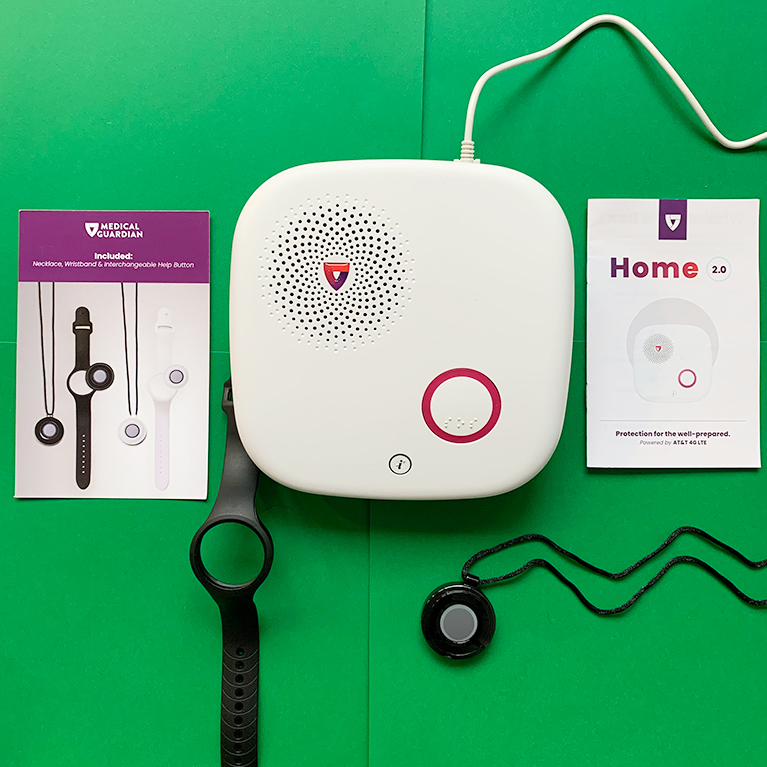
|
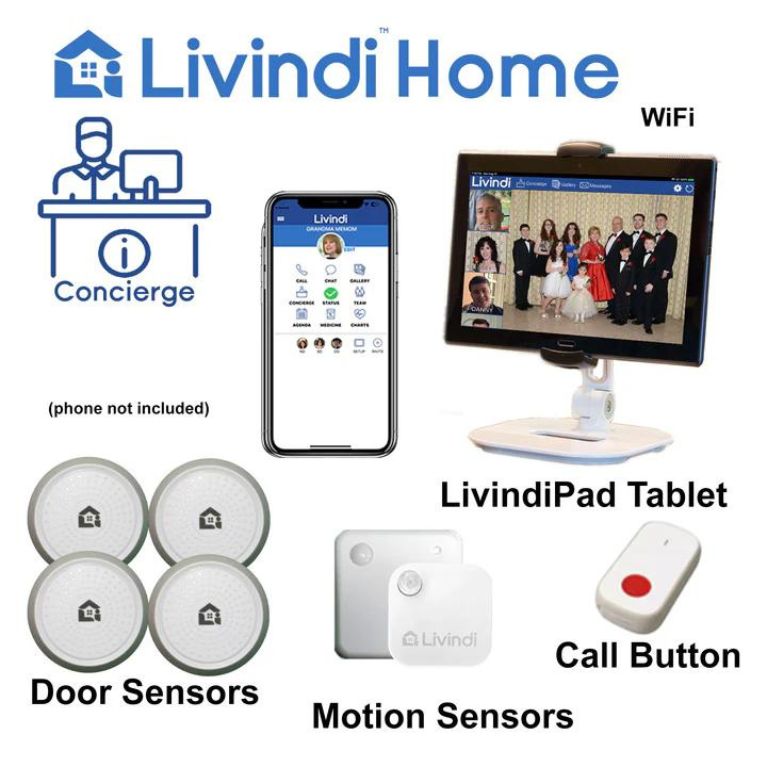
|
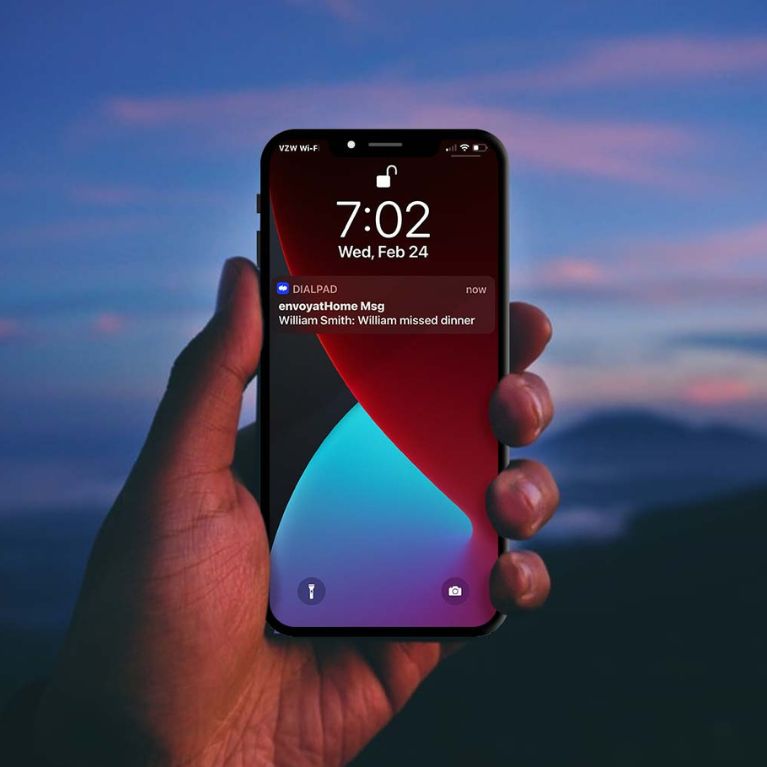
|

|
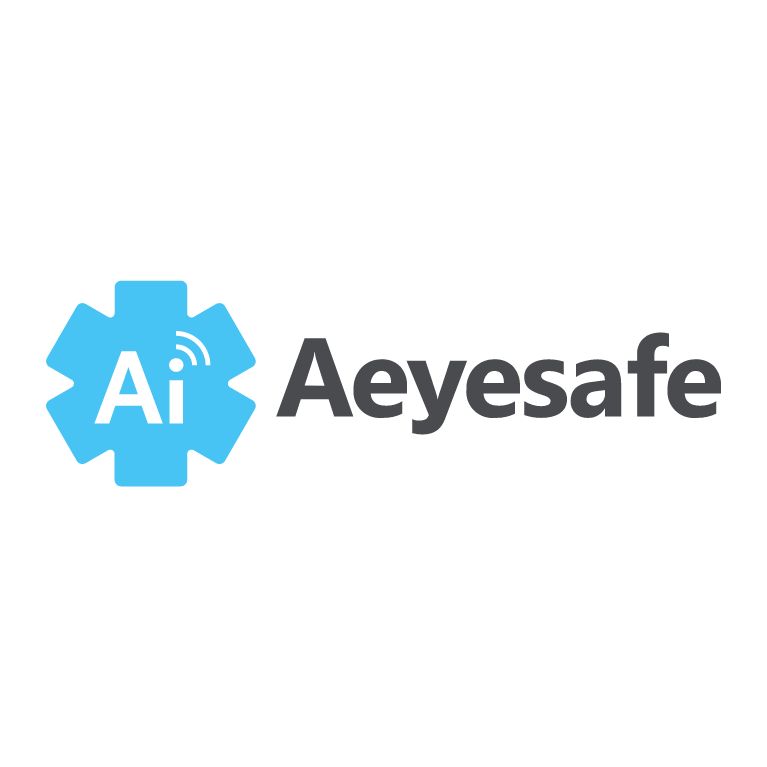
|
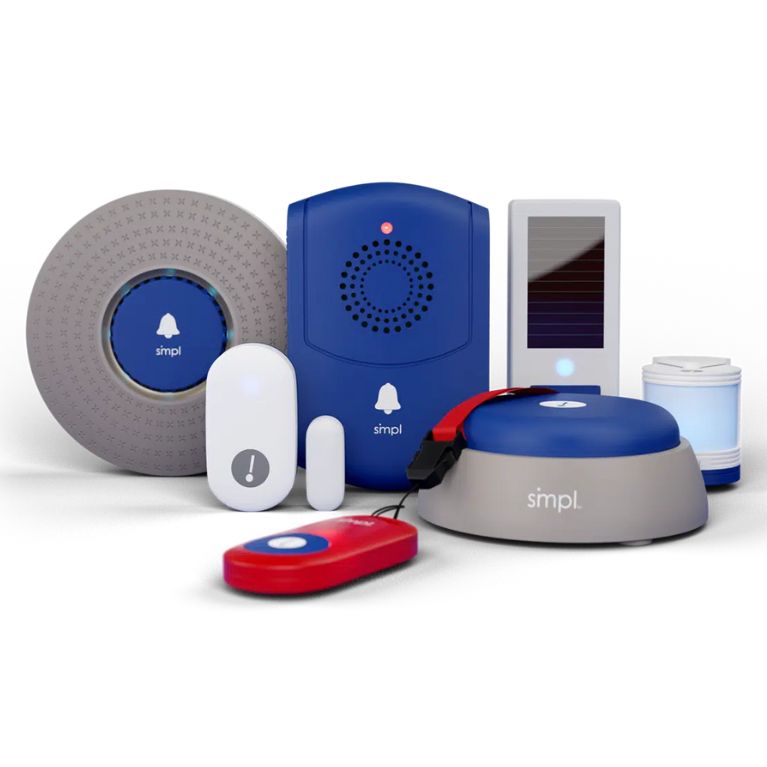
|
|
| Medical Guardian | Livindi | EnvoyatHome | Rest Assured | Aeyesafe | Smpl Alerts | |
| Rating | ||||||
| Equipment price | $150 | $199-$449 | $399 | $350 (installation fee) | N/A | $40 |
| Monthly cost | $37.95 | $19-$45 | $99 | $125+/$6 hr | N/A | N/A |
| Motion sensors | No | Yes | Yes | Yes | Yes | Yes |
| Camera | No | Video calls | No | Yes | Yes | No |
| Panic button | Yes | Yes | No | Yes | No | Yes |
Best overall elderly monitoring system: Medical Guardian MGHome Cellular


Key product features
What you should know
The Medical Guardian elderly monitoring system combines wearable devices with an in-home, cellular-based home system (4G/LTE). This unique feature allows more flexibility for your loved one and more security and peace of mind.
- Perhaps one of the best features of this elderly monitoring system is the company’s helpful customer service representatives, which our reviewer found pleasant and knowledgeable.
- Because it can be customized to meet your loved one’s specific needs, this in-home monitoring system is the most reasonably priced on our list.
- This Medical Guardian system is ideal for families who want extra security and peace of mind without all the bells and whistles of more advanced monitoring systems.
- There is a help button on the wearable tech portion of the system, which connects your loved one to a call center that is monitored 24/7, so they can get help quickly and when they need it—a feature that not all in-home systems provide.
Why we like Medical Guardian as best overall
When it comes to elderly monitoring systems, whether ambient or wearable, most family members find that in-home monitoring systems improve their loved one’s quality of life, prevent accidents, and reduce stress. (2) And, while there are many systems that can accomplish this goal, what we really liked about Medical Guardian is the fact that it combines both wearable technology—a medical alert watch or alert necklace—and an in-home system.
We also were impressed with the easy setup and friendly monitoring center. In fact, our reviewer found the customer service agents to be helpful and engaging. We also like the strong speaker, the ease of hearing the instructions, and the fast response times. But even more importantly, this system fits seamlessly into a person’s life without becoming intrusive.
Plus, it uses 4G/LTE (cellular service) instead of the internet, making it more reliable. In power outages, you can rest assured that your loved one is still safe because the 32-hour battery backup adds an extra layer of security.
We also appreciate that you can customize this system with as many or as few extra services as necessary to protect your family member or friend. This helps you control your total costs and out-of-pocket expenses and makes it easier to stay within your budget.
The only downside to this system is that it’s not as extensive or robust as other monitoring systems. For instance, it doesn’t offer motion sensors, and fall detection charges are additional monthly. For this reason, this elderly monitoring system may be better suited for people just entering the home monitoring space and want to see how it goes without making a huge investment right out of the gate. If that is the case, the Medical Guardian system may be a good place to start.
Check out our full Medical Guardian review for more information about this brand.
What customers are saying
Customers appreciate the ease of use and simple setup when reviewing the product. They also value how minimally invasive this product is and how it provides peace of mind when they cannot be there. For instance, Jessica, a verified Amazon reviewer, says that though her parents haven’t had a reason to use the system, knowing they have it just in case is a great relief.
Likewise, a verified Amazon reviewer named “Roofwalker” says it took a while to find a monitoring system for their elderly mother because she kept insisting they were too complicated to set up and use. But with Medical Guardian, a helpful customer service representative walked her through the process.
“She got it all connected and working in 10 minutes,” Roofwalker says. “She is very happy with the system.”
But not everyone has had a good experience with their customer service. Verified Amazon reviewer Melanie says she called customer service and left a message during the setup process. But it took them four days to respond. She ended up returning the system because the setup was such a challenge.
Specs
| Type | Home device, wearable tech |
| Connection | 4G/LTE cellular service |
| Price | $150 equipment; $37.95 per month |
| Warranty | Limited warranty |
Most comprehensive elderly monitoring system: Livindi
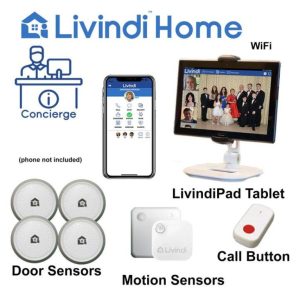

Key product features
What you should know
Regarding elderly monitoring systems, none seem as detailed and comprehensive as Livindi. This system provides a tablet with closed captioning, sensors, a call button, and a concierge service.
- This system not only can track activity and report any changes, but it also offers fall detection and biometrics information (for a fee).
- Although this system has a higher upfront cost for all of its technological features, its monthly service fee is reasonable, depending on the services you add.
- Livindi is ideal for people who want a robust system that provides them with plenty of data on their loved ones so that they can make informed decisions. It is especially useful for people who do not live close enough to check on their loved ones every day.
- This elderly monitoring system can be customized to fit your loved one’s needs and even includes the option for wearable technology if you want coverage outside of the home.
Why we like Livindi as most comprehensive
People who want a comprehensive elderly monitoring system that keeps their loved ones safe and provides insight into their health status and sleep habits will appreciate the Livindi home monitoring systems. For instance, the Livindi Studio system includes a tablet for video calls with closed captioning and three-door sensors, a motion sensor, a call button, and access to concierge support. And, if you feel like your loved one might need more protection than that, it also offers a bed sensor, wearable technology, and various biometric tools such as a scale, blood pressure cuff, and pulse oximeter. Livindi allows you to create a customized monitoring system that meets your loved one’s needs.
Plus, we appreciate that the system can detect falls without needing a wearable—unless you want one. And, through AI, Livindi’s system monitors movements and activities, alerting you when there are changes in bathroom habits, eating patterns, and activity levels. This information is useful for spotting and addressing potential issues before they progress. You can even add a bed sensor to your system, which can send a notification when they get out of bed and capture their pulse and respiratory rate while sleeping.
We also like that this system offers a mental health component—an important and much-needed feature for those who are living alone and may be struggling with depression, loneliness, and social isolation. (3) Not only can they access help from the comfort of their home—which is key for those who no longer drive—but they also are not required to use the therapists provided by Livindi. They have the option to select a therapist of their own.
“Loneliness is the feeling of being alone, regardless of the amount of social contact. Social isolation is a lack of social connections. Social isolation can lead to loneliness in some people, while others can feel lonely without being socially isolated. Loneliness and social isolation in older adults are serious public health risks affecting a significant number of people in the United States and putting them at risk for dementia and other serious medical conditions.”
Dr. Raj Dasgupta, MD, FACP, FCCP, FAASM, Fortune Recommends Medical Advisor
Though all of these features are nice, they do add up, resulting in a larger upfront cost than some other in-home monitoring systems. But considering what you are getting, this may not be a huge concern, especially since the monthly service fees are manageable. We also wish the call button on the system was monitored.
Instead, it sends a message to each person on the care team and then follows up with a telephone call. This alerts you that there may be an issue that needs to be addressed but puts the responsibility of getting help to your loved one on you. This could be a challenge if you live far away, are in a different time zone, or aren’t prepared with the right numbers to call.
What customers are saying
Most customers who have purchased a Livindi system are pleased with the peace of mind it provides. For instance, Joy S., a verified Amazon reviewer, says the system is the best thing she could have purchased for her elderly parents.
“It brings such peace of mind to me since I live two hours away from them,” she says. “ Not only is this monitoring system top-notch when I need technical support, [but] the company owner responds and takes time to walk me through the process and doesn’t leave until all the issues are resolved…Wish all companies treated their customers like this.”
Specs
| Type | AI, tablet, sensors |
| Connection | Wi-Fi or cellular |
| Price | $199-$499 equipment; $19-$45 per month |
| Warranty | One year, limited |
Least invasive elderly monitoring system: EnvoyatHome
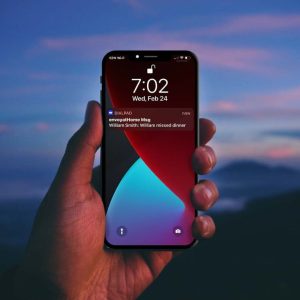

Key product features
What you should know
The EnvoyatHome elderly monitoring system is a non-intrusive way to ensure your loved one is safe and healthy. The discrete sensors monitor their activity and behaviors, and the system sends real-time alerts when something is amiss.
- This system is completely customizable, meaning that with the help of a customer representative, you determine where to install the sensors and establish the parameters of what you want to be monitored and when you want to be notified.
- This system provides valuable information and real-time alerts but tends to have a higher-than-average price point for its monthly service fee.
- EnvoyatHome is best for people who don’t want to feel like someone is watching them all the time and don’t want the headache of dealing with buttons and call centers.
- This system allows you to access and print health data and behavior reports, which can be useful in identifying and addressing health concerns.
Why we like EnvoyatHome as least invasive
Recent research found that while people over 70 were receptive to wearable medical-alert technology, they were less receptive to having cameras and sensors in their homes, primarily due to the perception of invasiveness or their lack of understanding of how the devices work. (4) If this is the case for your loved one, you may discover that the EnvoyatHome system addresses these concerns.
As the least invasive option on our list, this elderly monitoring system places sensors in discrete locations throughout your loved one’s home that gather information and provide real-time alerts and comprehensive reports. Moreover, it’s a completely passive and unobtrusive system with no buttons to push, no wearable tech, and no cameras.
You can monitor your loved one without intruding on their life or making them feel like they’re always being watched. In fact, they may forget these devices are even in their home.
What’s more, the health data the sensors collect can be a powerful tool in helping to identify and treat potential health concerns before they become a major issue. Plus, we appreciate that you can customize the system to meet your loved one’s needs.
For instance, you might set a parameter for the system to alert you if your loved one roams the house at night or spends longer than usual in the bathroom. You also might place a sensor near the stairs to monitor how effectively and often they climb the steps each day. You can customize when you want to be notified and for what reasons.
That said, there’s no call center or call button for emergencies, which may not be ideal for some people. It also can be a challenge to know how to customize the system to best meet your loved one’s needs and concerns. And, given the limited interaction with the company, the monthly service fee seems a little higher than other elderly monitoring systems, especially since the monitoring does not work during power or internet outages.
Specs
| Type | AI, sensors |
| Connection | Wi-Fi |
| Price | $399; $99 per month |
| Warranty | N/A |
Best professional camera elderly monitoring system: Rest Assured


Key product features
What you should know
Rest Assured combines professional cameras with two-way video chat to ensure elderly loved ones have personal interactions that rival in-person care. Their remote caregivers are professionally trained and can provide medication reminders and assist with daily living tasks.
- This elderly monitoring system is completely customizable, with as much or as little monitoring and interaction as you want.
- While this elderly monitoring system can be costly to customize and maintain, it does preserve your loved one’s independence by having a real person on hand but not in the home.
- This Rest Assured system is ideal for people who want to protect their loved one’s independence but also recognize that they need more monitoring than just sensors.
Why we like Rest Assured as best professional camera
Living independently and aging in place is often the goal of many elderly people. (1) But this can put a great deal of stress on family members who are concerned about their loved one’s well-being and safety. For this reason, some elderly monitoring systems, like Rest Assured, have incorporated high-quality, interactive cameras and devices to provide a higher level of care without intruding on a person’s need for personal living space. Camera-based systems can even provide a more efficient way to care for someone who wants to remain independent for as long as possible. (5)
What we love about this camera system, though, is that the company has gone beyond just using cameras and has incorporated a human element. It uses wireless monitoring and has blended it with a two-way video chat feature that utilizes specially-trained caregivers to interact with your loved one consistently.
This means someone is talking with them and finding out what’s happening rather than just monitoring them with cameras or sensors. These trained professionals can also remind them about medications and assist them remotely with daily living activities. It’s the next best thing to having an in-home care provider for your loved one. For an additional fee, family members can also use this hub to talk with their loved ones.
We also appreciate the additional features that can be used to customize this system. For instance, you can opt for periodic well-checks or round-the-clock monitoring. Window and door sensors, bed occupancy sensors, motion detectors, smoke detectors, glass break sensors, and emergency buttons are also available.
But putting this system together to meet your loved one’s needs—and factoring in the monthly monitoring fee—can get expensive and may be cost-prohibitive for some. Additionally, some people may be reluctant to have cameras in their homes, knowing that a stranger could be watching them at any time. They also may struggle to build a rapport with those who are assigned to interact with them despite the fact that these caregivers are highly trained.
What customers are saying
Most customers who have purchased the Rest Assured system are pleased with the professional installation and the care they take in protecting their homes from unnecessary damage. They are also pleased with the system’s function and reliability.
“They did a nice job,” says Harold A., a verified reviewer for Angie’s List. “They were responsible and came when they said they would come. Their system seemed to work, [and] they were careful when they installed it.”
That said, several people have found that the company’s refund and exchange policy is not as customer-friendly as it could be. For instance, Kacey R., a verified reviewer for Angie’s List, indicates that if you cancel your service, you will not be refunded what you have already paid—even if the system is malfunctioning. Also, Harold A. found that despite paying for a year in advance, he would not be refunded when canceling mid-year due to the sale of his home.
Specs
| Type | Cameras, sensors |
| Connection | Wi-Fi |
| Price | $350 installation; $125 per month |
| Warranty | None listed |
Best elderly monitoring system with fall detection: Aeyesafe
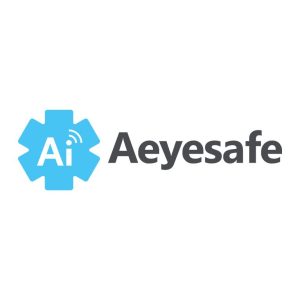

Key product features
What you should know
Aeyesafe senior monitoring system is an AI monitoring system that excels at providing fall detection around the clock. It also analyzes behaviors, movements, and sleep to provide insight into your loved one’s health status and needs. Here are some key features you should be aware of.
- This system is designed to track, record, and analyze your loved one’s movement and activities throughout their home and provides 24/7 alerts when there is a deviation that could potentially signal a problem.
- The Aeyesafe monitoring system is ideal for older people without immediate health concerns whose family members want an added layer of protection while living alone.
- This elderly monitoring system also fits seamlessly into the person’s home without being intrusive and requires no wearable technology.
- Equipped with thermal sensors, this system can detect a number of health metrics, such as temperature, heart rate, and breathing rate—key data points that could provide insight into changes in your loved one’s health.
Why we like Aeyesafe as best with fall protection
Aeyesafe senior monitoring system is an AI monitoring system designed to limit intrusiveness into a person’s life. Utilizing thermal sensors placed strategically throughout your loved one’s home, this unique monitoring system can track their behaviors and provide mobile alerts when needed around the clock.
If your loved one falls at night—as is often the case—you’ll be notified immediately. In fact, one study found that more than 63% of falls while using the bathroom occurred between midnight and 5:59 a.m. (6). However, with Aeyesafe, you can be notified as soon as a fall occurs.
This system’s even designed to analyze and record changes in movements and behaviors that could signal that a health event is likely to occur—a feature that could buy you important minutes to get your loved one help when needed. Plus, we love that it tracks body temperature and movement throughout the home—features that can be used to prevent stroke, identify urinary tract infections, and other health concerns.
We also appreciate that this system has sensors that can be placed under the bedposts to analyze your loved one’s quality of sleep and habits and movements while in bed. This means you’ll have access to important health metrics like heart rate, breath rate, sleep condition, and movement. Aeyesafe even keeps a record of how long a person’s out of bed, which could be an indicator that there is a problem—or worse, a fall.
That said, we wish this system were more interactive. For instance, there’s no panic or help button if your loved one needs immediate assistance. And there is no call center for them to contact for help.
Instead, the responsibility of getting help falls on the family members who receive the mobile alerts or require your loved one to call 9-1-1. We also wish the company was more transparent about pricing and warranties by including this information on its website rather than requesting that you fill out an online form for more information. This would save time and energy during the purchasing process.
Specs
| Type | Thermal sensors |
| Connection | Wi-Fi |
| Price | N/A |
| Warranty | N/A |
Best elderly monitoring system for in-home caregivers: Smpl Alerts
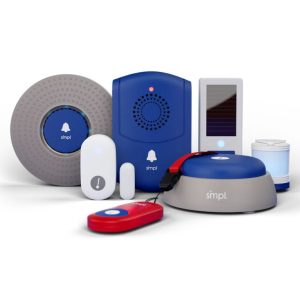

Key product features
What you should know
Smpl Alerts elderly monitoring system is a customizable alarm system designed to alert in-home caregivers when their loved one has opened a door, left the bed, or is wandering around the home. It’s also easy to install and user-friendly.
- Equipped with the ability to pair up to 20 sensors, this system can be adapted to the depth of monitoring and coverage you need. It works with batteries, so there’s no need for Wi-Fi.
- Because there’s no monthly monitoring fee, this system is a relatively affordable way to care for and monitor a loved one in your home.
- This elderly monitoring system is best suited for people who live with a caregiver and isn’t recommended for people who live alone.
- You can select from a large variety of tunes and sounds so that you can customize your alerts and know immediately which door or window your loved one has opened.
Why we like Smpl Alerts as best for in-home caregivers
Caring for an elderly loved one in your home can cause stress—especially if you have concerns about them falling or wandering off. In fact, one study found that while taking care of a loved one can be extremely rewarding, it also can be fraught with worry and concern, with one in five caregivers feeling burdened in some way. (7)
“Caregiving can have many rewards. For most caregivers, caring for a loved one feels good. And it can make your relationship stronger, but the demands of caregiving also cause emotional and physical stress. It’s common to feel angry, frustrated, worn out, sad, alone and caregiving can lead to chronic stress. Caregivers often report higher levels of stress than people who aren’t caregivers. Over time, caregiver stress can negatively affect your physical and mental health.”
Dr. Raj Dasgupta, MD, FACP, FCCP, FAASM, Fortune Recommends Medical Advisor
But the Smpl Alerts elderly monitoring system is designed to help reduce some of that burden by providing simple and easy-to-use alarms that alert you when your loved one has opened a door, left their bedroom, or is wandering the house at night. Having a system like this not only brings peace of mind that you don’t have to be on high alert or hover over your loved one but can also give them some space while they are living in your home.
This system also is particularly well suited for those caring for someone with dementia who tends to get confused, lost, or wander. In fact, wandering is one of the most challenging aspects of caring for people with cognitive decline and can lead to injuries, fractures, and falls. (8)
This monitoring system is thorough and effective, able to pair up to 20 sensors and a wearable pager. We appreciate that it’s easy to install and uses batteries, so there’s no worry about power outages or internet glitches. (That said, replacing the batteries consistently can get cumbersome and costly.)
We also like that you can customize the alert sounds you hear and add additional sensors if needed, especially since the sensor range is short. Also, remember that this system is not appropriate for people who live alone because it only functions as an alarm system. You might expect no call center, medical alerts, or other features from an elderly monitoring system.
What customers are saying
Customers who have purchased the Smpl Alerts system appreciate that it’s easy to install and keeps in-home caregivers or those who work in an assisted living facility informed if someone needs help, has fallen, or is wandering. For instance, Kim, a verified Amazon reviewer, had a sensor installed in the bathroom at her aunt’s assisted living facility in case she ever needed help in the restroom and indicates that it has worked out well.
“The facility’s owner loves it, and now we’re going to add another pager [and] some other aids, and we’ve already bought another sensor,” she says.
Customers also appreciate that Wifi is not required—particularly if the power goes out—but note that keeping fresh batteries in the sensors will ensure they work properly.
“This pager and motion sensor are literally a lifesaver for the elderly,” says Rose, a verified Amazon reviewer. “I have found that keeping the batteries fresh…keeps them working properly.”
Meanwhile, you will want to pick the tunes and alarm sounds and adjust the volume before using it—especially since the alarm can be quite loud at first. For instance, a verified Amazon reviewer with the username “Guideboat” finds the default alarm over the top.
“Sounds like a Three Mile Island nuclear accident,” they say. “[You have] to jump through sequential hoops to activate a reasonable doorbell-type sound. Other than that, it works well.”
Specs
| Type | Alarms, sensors |
| Connection | N/A |
| Price | $40 and up |
| Warranty | One year, limited |
How we test elderly monitoring systems
Elderly monitoring systems can be crucial tools for keeping older adults independent, confident, and protected. Choosing the correct device is necessary for adequate assistance and peace of mind, which is why we strive to match the right system for every user. We achieve this through thorough, hands-on testing, focusing on the following factors. Read our full medical alert system testing methodology here.
Testing criteria
Reliability and response—40%
An elderly monitoring system is only a useful tool if it’s effective in detecting and responding to emergencies. We analyze each product on these considerations:
- Response time
- Signal range
- Battery life
- Water resistance
- Fall detection
Ease of use and accessibility—30%
A complicated or technologically advanced system can get in the way of usefulness and cause frustration. We test the following factors to get a full understanding of a product’s accessibility:
- Wearability
- Voice clarity and volume
- Setup and use
- Accessibility features
Value—20%
Value isn’t just sticker price, but also includes monthly fees, warranties, insurance acceptance, and other factors that could affect overall costliness. We evaluate:
- Initial cost vs. ongoing fees
- Contract flexibility
- Included features vs. add-ons
- Insurance
Customer experience—10%
A positive customer experience is especially important when safety and security are a system’s main functions. We provide a full picture of the customer’s interactions through these factors:
- Shipping
- Warranty
- Customer support
How do home monitoring systems work?
In-home monitoring systems use technology like motion sensors, thermal sensors, cameras, wearable technology, and more to help monitor older adults at home. They can provide a layer of protection for older people by detecting movement patterns, identifying falls, and recognizing issues.
Many systems, though not all, have the ability to connect them with a call center or a trained professional in an emergency while others send real-time alerts to family members when something has gone awry. These systems, which vary in complexity and features, can be either “active” or “passive.” Systems that are active require the person to press a button for help while those that are passive transmit data to family members without requiring an action from them.
Related: How do medical alert systems work?
How to choose an elderly monitoring system
Before shopping for an elderly monitoring system, consider your elderly family member’s needs and desires, what you need to feel comfortable, and your budget—especially because most monitoring systems have an equipment cost and a monthly service fee. After you know what you want and what you can afford, look for systems that meet your guidelines.
Generally speaking, select a company with a reliable reputation, good customer service, and easy setup. You also need to consider how their system is powered. Does it have batteries, require internet, work on a landline, utilize a cellular network, or have battery backups? Knowing these things will help you determine whether or not the system will be useful in all scenarios, including heavy storms or power outages.
You also should ensure the system can address your key areas of concern. In other words, if you’re most concerned about falls, you want a system with a good fall detection mechanism. Or, if your family member doesn’t want to be “watched,” you may want to avoid a system with cameras. And, if your family member tends to wander, you may want a system with many sensors.
Other things to consider before purchasing a system are the contract or agreement you will be signing, how issues are handled, and how quickly they can help your family member if needed. Also, be sure you fully understand the costs involved and ask if you can try it out first. Some companies provide this option, and others do not.
FAQs
How much do home monitoring systems cost?
The cost of a home monitoring system will vary depending on the type of equipment you purchase, its comprehensiveness, and its monthly service plan. Most monitoring systems include a price for the equipment, ranging from $40 to $500, and a monthly service fee. This fee varies depending on your plan and the type of monitoring you’re receiving but can range from $19 a month to more than $200 depending on your selected services. Keep in mind that some companies may charge an additional fee for fall detection while others include it at no additional charge. Before signing a contract, ensure you know all the costs involved, including what is covered, so there are no surprises.
Are in-home monitoring systems covered by insurance?
Typically, home monitoring systems are not considered medically necessary devices under Medicare’s durable medical equipment guidelines. For this reason, monitoring systems typically aren’t covered by Medicare. If you have a Medicare Advantage program, you could call to see if it might be covered under that program, though it’s usually not.
That said, some states have programs that provide funding for these systems depending on your age, income, and health status. Check your area’s agency on aging to see if they can assist you. There is a searchable database to help you find an organization near you. (9)
Do you need the internet for home monitoring systems?
While some home monitoring services certainly require the internet to function (often with a battery backup), there are also systems that rely on other modes of communication. For instance, some systems use landlines to function, while others rely on cellular networks.
Regardless of your option, ensure you have that capability at your family member’s residence. In other words, if you pick a monitoring system that relies on a cellular network, but the cell coverage in their area is poor, that would not be a good choice.
Who needs an elderly monitoring system?
While elderly monitoring systems were originally developed with older people who want to live independently and age in place in mind, they can be useful for just about anyone. In fact, sometimes, people with chronic health conditions may benefit from a home monitoring system as well—especially if they live alone. (10) Even younger people with balance issues may benefit from a monitoring system. Regardless of the person’s age or health status, home monitoring systems can help ensure a person’s safety, provide access to help when needed, and promote peace of mind for family members.
Our experts
Dr. Raj Dasgupta, MD, FACP, FCCP, FAASM
Quadruple-board certified in pulmonary, sleep, internal, and critical care medicine. An active clinical researcher, Dr. Raj currently practices at the University of Southern California, where he’s been awarded the Excellence in Teaching award six years in a row. He’s also an associate professor of clinical medicine, assistant program director of the internal medicine residency program, and the associate program director of the sleep medicine fellowship at USC.
Heather Morsellino
Heather Morsellino is a freelance writer and fact-checker with over four years of experience in healthcare. She has worked as a pharmacy technician, emergency room medical scribe, and anesthesia technician in the operating room and will finish her ADN within the following year.
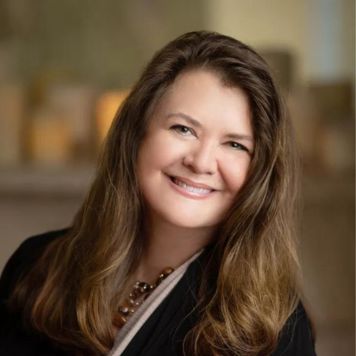
Sherri M. Gordon, CLC
Fortune Recommends Health Writer
About Author
Sherri M. Gordon, CLC is a health writer, certified life coach, and author of more than 30 books for young readers. With more than 20 years of experience covering health and social issues, Sherri is well versed in health conditions, mental health concerns, sleep, aging, parenting, and more. Her work has been featured in Health, Parents, Verywell Health, Columbus Parent, Home Living, and more. She also has earned a Certificate of Completion from Ohio State’s Patient and Community Peer Review Academy, where she frequently serves as a community reviewer for grant requests for health research.
